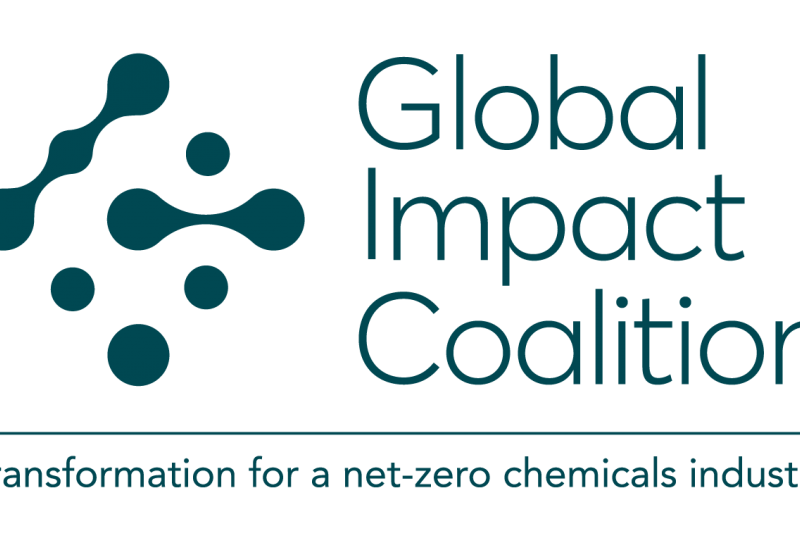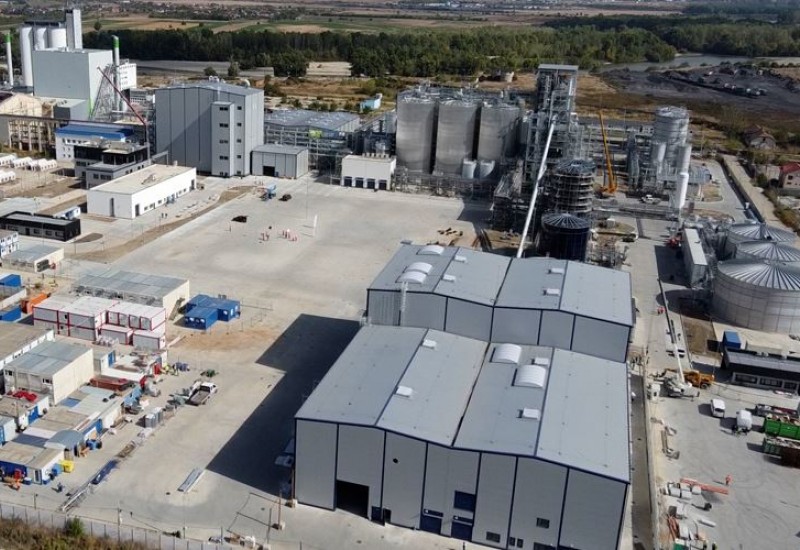More work needed’ on safety, sustainability
The first joint Europe-wide assessment of the drivers and impact of chemical pollution by the European Environment Agency (EEA) and the European Chemicals Agency (ECHA) has concluded that, despite progress in some areas, “more work is still needed to reduce the impact of harmful substances on human health and the environment”. Key findings include:
* The transition towards safer and more sustainable chemicals is progressing in some areas but just getting started in others
* Action by authorities and industry has supported minimising and controlling the risks from several groups of hazardous chemicals. Efforts are ongoing to increase knowledge on chemical hazards and support risk management action where needed
* There has been little evidence of progress towards eliminating substances of concern from waste and secondary materials. This is a barrier to the transition towards a more circular economy
* Emissions of certain chemicals to water and air have fallen following specific EU regulations and international actions, but further measures are needed to reach concentration levels that are not harmful for human health and the environment. Emissions from industry still lead to major damage to both
* Human biomonitoring offers the opportunity to understand exposure to chemicals from multiple sources and thus health risks associated with chemical pollution. As such, it forms a key tool to measure the effectiveness of chemicals legislation
The report established that the use of the most harmful chemicals (in carcinogenic, mutagenic and reprotoxic (CMR) chemicals) is still growing albeit slower than the overall market. More needs to be done to avoid the use of substances of concern and to implement the principles of the safe and sustainable by design (SSbD) framework. The shift in that direction must be accelerated.
“Action by authorities and industry has helped to minimise and control the risks from hazardous chemicals. But we need to further increase knowledge on chemicals and support risk management of groups of chemicals to protect people and the environment,” said Sharon McGuinness, executive director of ECHA.
Shortly before this, CEFIC had published ‘Safe and Sustainable by-Design: A Guidance to Unleash the Transformative Power of Innovation’. Based on insights from the chemical industry and bodies like the European Commission and its Joint Research Centre, the OECD, and the World Business Council for Sustainable Development, this offers specific activities for different phases of industrial R&D to help the industry move towards “a sustainable, circular and inclusive economy” by 2050.
CEFIC and its members define SSbD as “an iterative process guiding innovation and market placement of solutions that are safe, and offer environmental, societal, and/or economical value”. This includes new chemicals, materials, products, processes and services, plus the potential redesign of existing ones.















